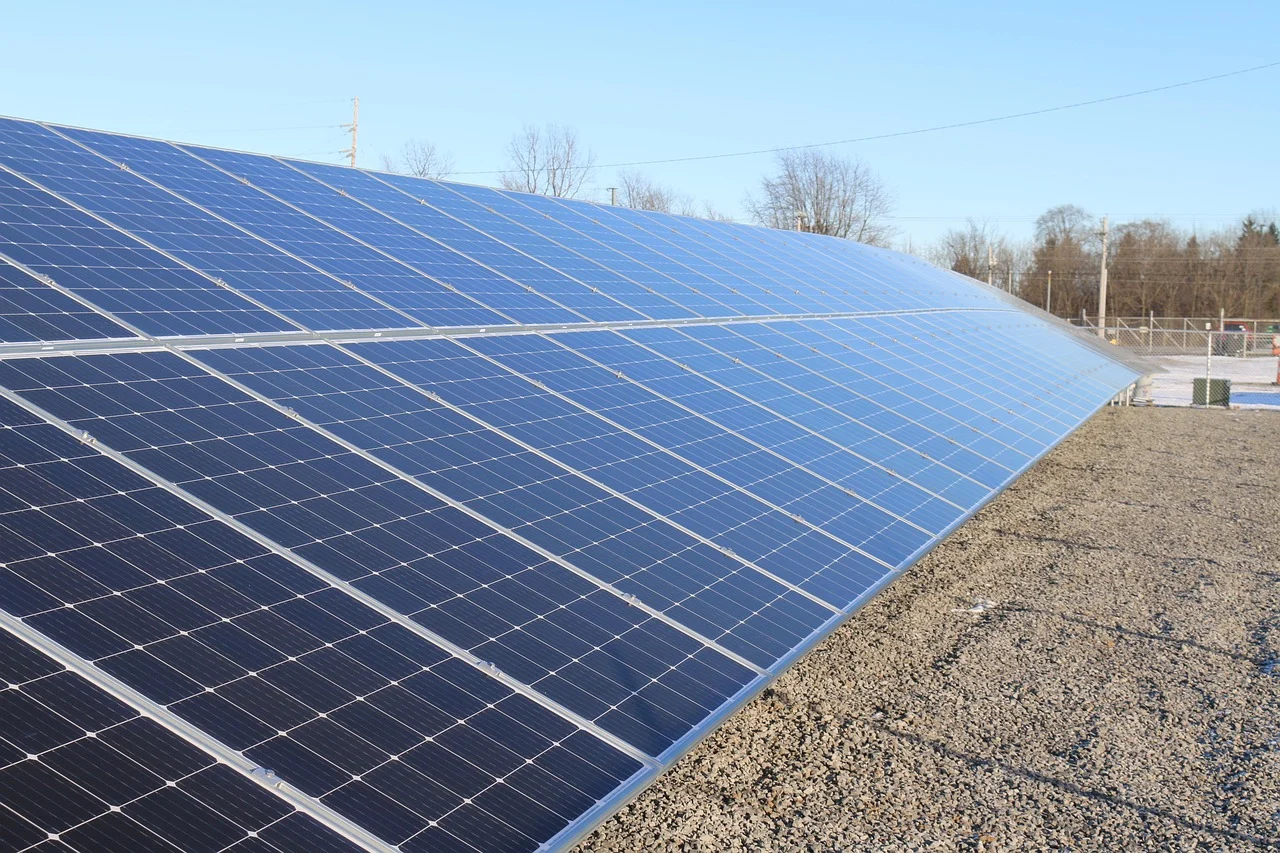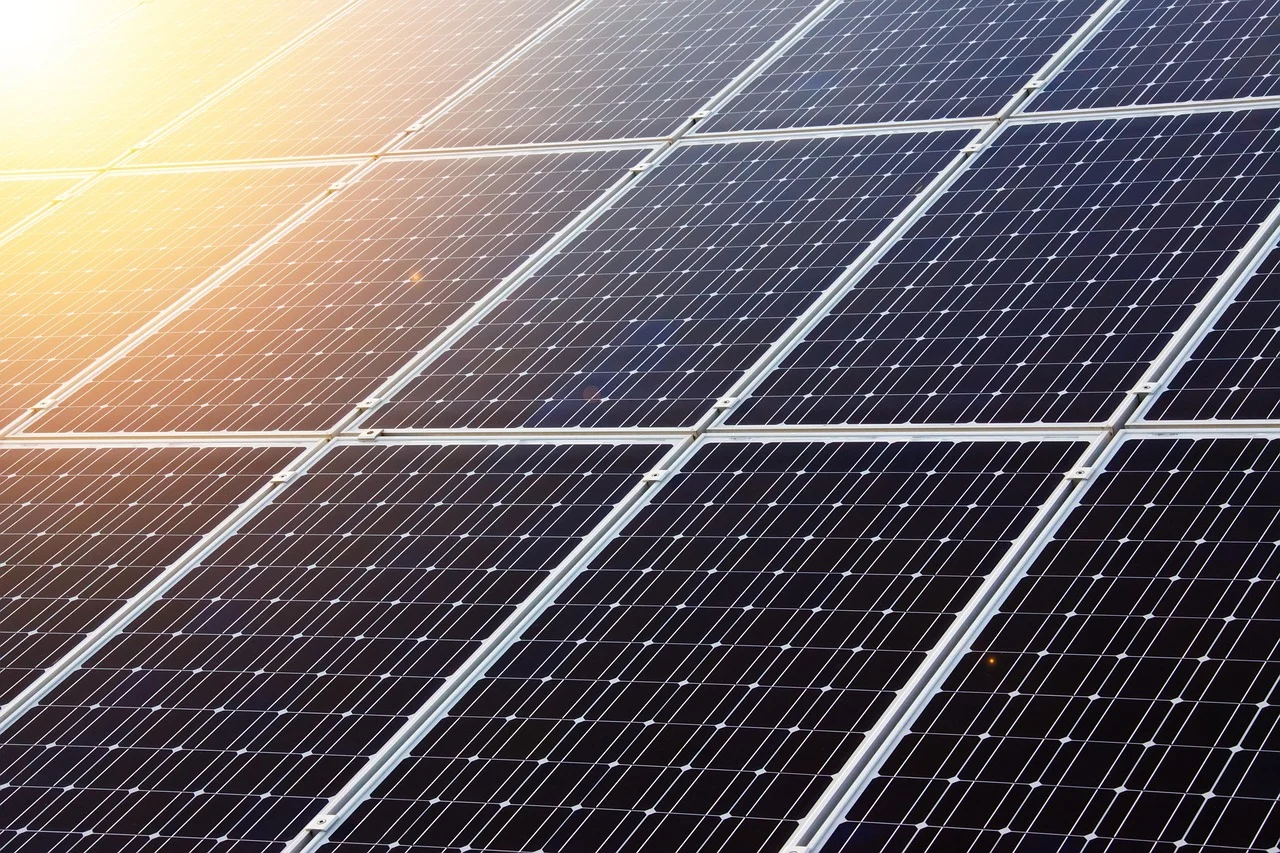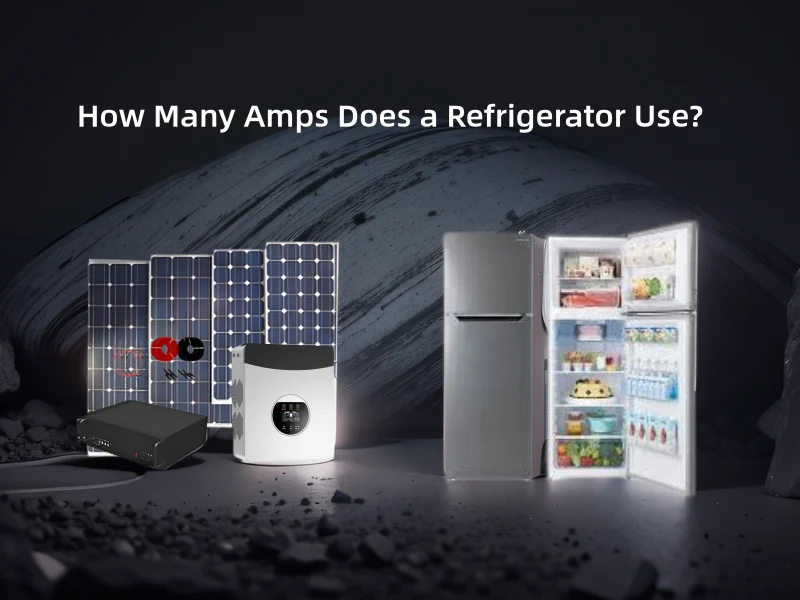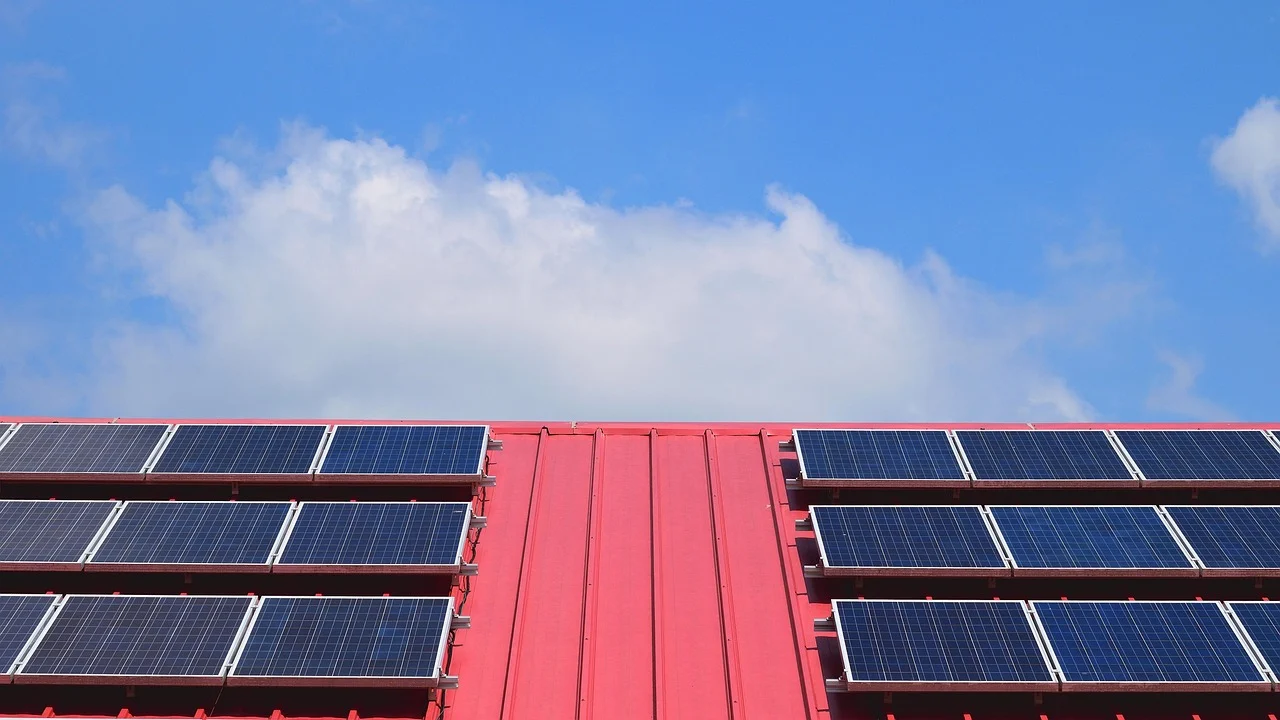Understanding a 54-Volt Battery
A 54V battery finds huge application in power storage for many high-performance units, such as an e-bike, electric scooters, or solar systems. The general kinds of cells incorporated into such units are Li-ion or LiFePO4, which are known for their really good energy densities, cycle lives, and efficient performance.
Why Choose a 54-Volt Battery?
- Higher energy efficiency: Compared to lower voltage batteries, a 54V system reduces current draw, minimizing energy loss.
- Longer lifespan: Lithium-ion technology ensures thousands of charge cycles.
- Ideal for high-power applications: Suitable for high-demand electronics, e-mobility, and renewable energy systems.
Step-by-Step Guide: How to Charge a 54-Volt Battery
1. Choose the Right Charger
What is most important when charging a 54-volt battery is compatibility with the charger. The charger must be compatible with the chemistry of the battery, either Li-ion or LiFePO4 and have the proper voltage and current.
Recommended Charging Voltage: 58.8V (for lithium-ion) or 54.6V (for lithium iron phosphate).
Current Rating: 10-30% of battery capacity for optimal longevity.
Do not use a 42V or 48V charger, as it will not fully charge the battery and may cause damage it.
2. Connect the Battery Safely
Before plugging in your charger:
- Keep the battery terminals and charger connectors clean and dry: this ensures smooth current flow and avoids poor contact.
- Place the battery in a ventilated area: this will help dissipate heat and prevent the battery from overheating.
- If the battery terminals are exposed, wear insulated gloves to operate them: this prevents electric shock and protects you.
Pro Tip: Never charge a damaged or swollen battery—it could pose a fire risk.
3. Monitor the Charging Process
While charging, keep an eye on:
✔ Temperature: don't let the battery get hot. If you feel the battery is particularly hot, unplug it immediately.
✔ Charging time: Don't charge for too long, most 54V batteries are full in 3 to 6 hours.
✔ Indicator lights: Many smart chargers use the color of the light to tell you how well it's charging: red means it's still charging, green means it's full.
4. Disconnect the Charger Correctly
Once the battery reaches 100% charge:
- Switch off the charger before disconnecting.
2. Disconnect the battery from the charger.
3. If not in immediate use, store the battery in a cool, dry place.
Common Charging Mistakes to Avoid
Even advanced users occasionally make charging mistakes that diminish battery life. Sidestep the following pitfalls:
❌ Using the Wrong Charger
Overcharging the battery, undercharging the battery, or getting extra hot can screw up the battery due to using the wrong charger. So, be sure to use the same charger that the manufacturer recommends!
❌ Overcharging or Deep Discharging
- Overcharging accelerates lithium battery degradation.
- Fully discharging the battery frequently can shorten cycle life. Aim to recharge when it reaches 20-30% capacity.
❌ Charging at extreme temperatures
- Charging at extreme temperatures
Charging the battery when it is particularly hot (over 45 ° C, which is 113 ° F) may cause the battery temperature to lose control, become extremely hot, and even cause problems. When charging at particularly cold temperatures (below 0 ° C, which is 32 ° F), it is difficult to charge the battery and the efficiency will decrease.
- Best practices
Charging the battery at normal room temperature (20-25 ° C, or 68-77 ° F) results in the highest charging efficiency and longer battery life.
FAQs About Charging a 54-Volt Battery
1. Can I Charge a 54V Battery with a 42V Charger?
Nope. A 42V charger will not give sufficient voltage to charge a 54V battery, and this means poor performance and reduced capacity. Always use a charger with the correct voltage.
2. How Long Does It Take to Charge a 54V Battery?
Charging time depends on:
- Battery capacity
- Charger output
For example, a 54V 10Ah battery with a 2A charger will take about 5 hours to charge fully.
3. How Do I Know If My Battery Is Fully Charged?
- Thecharger LED turns green.
- Battery voltage reaches 54.6V for LiFePO4 or 58.8V for Li-ion.
- If a smart charger is used, it will automatically shut off when full.
4. How Should a 54V Battery Best Be Stored?
- Ifmore than a month,the store is partially charged at 40-60%.
- Store in a cool, dry placeaway from direct sunlight.
- Avoid complete discharge during long-term storage.
Maximizing the Lifespan of Your 54-Volt Battery
Good charging habits will go a long way in developing your battery to last long and work well. Follow these tips below:
Use a smart charger: it automatically stops the overcharging of the battery to make the whole process safe and smooth.
Avoid extreme temperatures: Never charge your battery either in an extremely hot or cold place; just a normal temperature will do.
Charge Before Full Discharge: Do not wait for it to get to a completely dead state; charge it even when it still has 20-30% left, which is best for the battery.
Regular checking and cleaning: Clean the connectors of your car battery from time to time, which can sometimes reveal wear and tear areas.
Final Thoughts
Safety, efficiency, and longevity of the 54-volt battery, properly charged, be it electric scooters, solar systems, or energy storage batteries, observing best practices pays off in terms of optimal performance.
Charging a 54-volt battery isn't just as simple as plugging it in; you also have to choose the right charger, pay attention to the charging process, and don't make common mistakes. Follow these tips and your battery will serve you well for years to come.





